For first-time buyers: a guide to amplifiers
Imagine that your living room has recently been supplemented with a long-awaited home audio system. You spent the whole day running the necessary wires, connecting speakers, an amplifier and other components of the sound system. You even chose a movie for the evening. However, when you started watching it, it became clear that something was wrong. The sound is choppy, there is no bass. What to do?
The most important thing is to take your time. If you are reading this amplifier guide before you buy it, you are on the right track. If you are in a hurry, you will have to find a way out.
How to choose an amplifier?
You can also choose an amplifier yourself. However, we warn you that the selection process will require a lot of knowledge. When planning to purchase a sound system, do not rely solely on forums or beautiful product descriptions on the Internet. We recommend consulting with the specialists of "Autogaras". They will ensure that all the devices in your sound system will work together smoothly and complement each other.
Also, before purchasing, we always offer to hear the sound of the desired sound system in our showroom. Let's face it, this purchase will serve you for five or more years. In our practice, we have noticed a tendency that customers often choose a more expensive system than they planned. This is because in the "Autogaras" showroom, customers have the opportunity to hear the sound of several sound systems in a short period of time. Usually, even those who come with the attitude that they do not understand anything about quality sound can hear the difference between sound systems perfectly. However, about everything - from the beginning.
Basics: What is an amplifier??
An amplifier is a device whose main task is to amplify an audio signal to the desired level. If the amplifier is analog and intended for a stereo system, its task ends there. However, how qualitatively and dynamically it will do this depends on the circuitry and the elemental base inside the amplifier.

The amplifier directs the incoming video signals to the TV and the audio to the speakers.
A smart amplifier is an improved version of a traditional amplifier. It can usually "pick up" music in digital format from various online environments, a home network, or a USB drive. It also supports the most popular music apps: Spotify, TuneIn Radio, Tidal, and AirPlay.
There are thousands of audio amplifier manufacturers on the market. Choosing one is a really difficult task. In short, amplifiers differ in purpose, quality, parameters, and functionality. Therefore, you should choose responsibly.
Types of amplifiers
Home amplifiers generally come in two types. They differ in the number of channels. Stereo amplifiers are traditional, having two channels. Meanwhile, Surround amplifiers are multi-channel. They have 5-11 channels.
Customers often think that a system with many speakers will be more musical, louder, and the listener will be surrounded by surround sound. In reality, music recordings are usually presented in "Stereo" - two channels, so it would be wrong to expect that while listening to music you will feel as if you are among the musicians in the middle of the stage.
Our experience shows that if you choose a more expensive amplifier with two more expensive speakers, you will be happier than a cheaper multi-channel amplifier with much cheaper speakers. Believe me, even with a quality Stereo system, it is realistic to hear how the location of the singer or other musicians on the stage changes. The same applies when watching a movie if it is recorded in Stereo.
Power: what should you know?
A frequent buyer chooses an amplifier based on one single power parameter. Meanwhile, our specialists assure that the more expensive the amplifier, the more musical, powerful, detailed and dynamic it will be, at a minimum sound level.
At home, this is the mode we listen to music in the most. And only for a few hours during a party do we play music at full volume. So it is logical that you will be more pleased with an amplifier that is able to convey even the smallest sound details and rich, accurate bass at a low volume level. By choosing such an amplifier, you will also annoy your neighbors living behind the wall less.

The packaging often lists the range of power (in watts) required to power a particular speaker. For the cleanest sound with minimal distortion, aim for the highest rated power in this range.
What is worth knowing about inputs and outputs?
Generally speaking, the more inputs and outputs an amplifier has, the wider the connection possibilities will be. For example, if necessary, you will be able to connect additional speakers, a subwoofer, a projector, a turntable, a CD player, a SAT or IP TV set-top box, a game console and other devices. These connections expands the possibilities of use.
Nowadays, the TV is also an integral part of the home audio and video system. That's why we recommend choosing smart amplifiers with a TV interface via HDMI, regardless of whether you are looking for a stereo or a home theater system. Such amplifiers or receivers turn on, turn off, turn up and turn off together with the TV. No amplifier control is required.

It's worth choosing an amplifier that has more HDMI ports. The more HDMI ports there are, the more devices you can connect. Not planning now? You may need it in the future.
If you have audio system components without an HDMI connection, your salvation will be an RCA output or an optical/digital cable.

Do you have a turntable? The easiest way to connect it to your amplifier is to use Phono input. Pictured is a Denon DP400 turntable.
How many channels might be needed?
We generally recommend amplifiers that have at least seven channels. If you choose to buy a few speakers or a 3.1 sound system initially, you can fill it with the devices you want later.

If your amplifier has seven or more channels, you can easily connect the most advanced surround sound formats (such as Dolby Atmos and DTS:X).
Listen to music in the yard too
This is an easy task if the amplifier has at least seven channels. Then five channels can be dedicated to creating surround sound at home and two to music outside. Typically, many smart multi-channel amplifiers have a second zone function.
This feature allows you to enjoy music or TV sound not only in the living room, but also on the terrace, balcony, bathroom or other space in the house. This requires running wires and hanging and placing speakers.
By taking advantage of the amplifier's 2-3 zones (receiver), you can spend summer evenings in a fun and warm way on your glassed-in terrace, where mosquitoes and other insects will not reach you.Then you will be able to watch the TV screen through the glass and hear high-quality sound from it or another audio source.

How to choose an amplifier: six quick tips
- The right size is important. Before purchasing, measure the dimensions of the cabinet niche where you intend to place the amplifier. It happens that an amplifier chosen “by eye” may not fit.
- Make sure the amplifier has a DTS and Dolby Digital decoding device, also known as a decoder.
- Pay attention to the number of inputs and outputs. The higher it is, the more devices you can connect.
- It is important to ensure that the speakers have an average bass sound. Usually, 30-100 watts of power is required per channel. If you want more bass, ensure 80-250 watts of power per channel.
- Finally, our experts recommend choosing speakers from the same manufacturer and series. This will ensure sound integrity.
- Take your time. Don't throw money away - don't buy in a hurry. We recommend that you come to the "Autogaras" showroom and see for yourself the sound quality of the audio system you plan to buy.


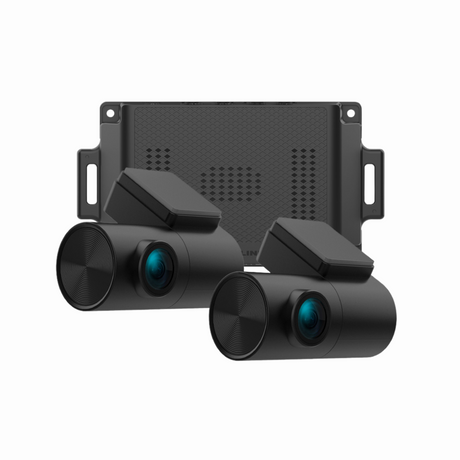
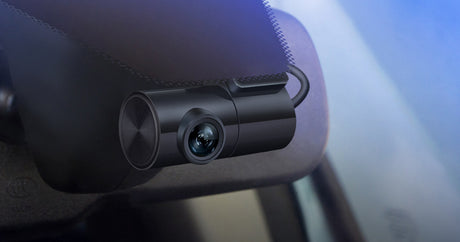
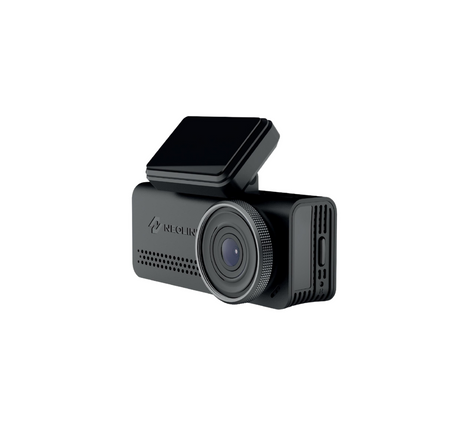

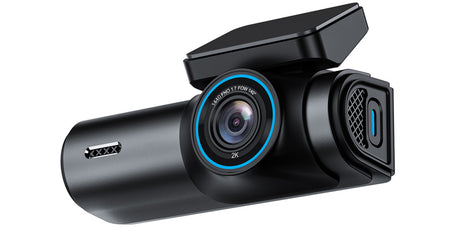



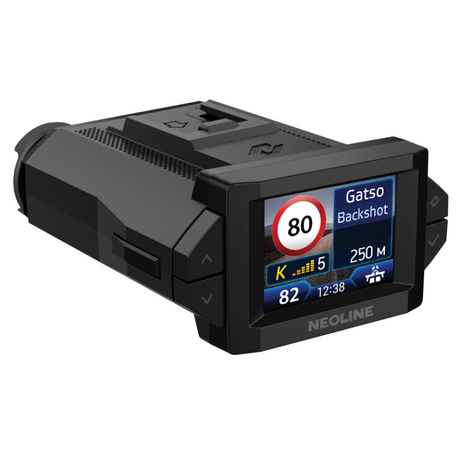

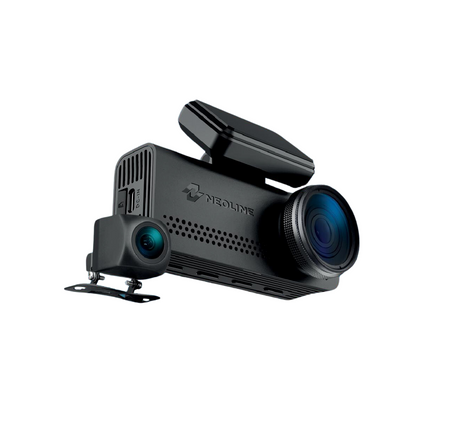



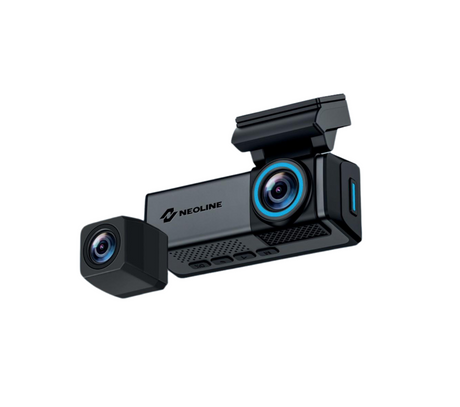



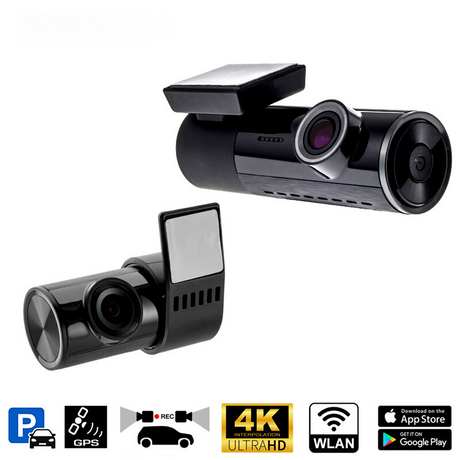
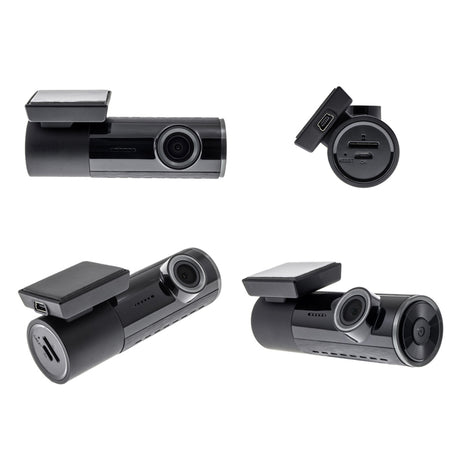


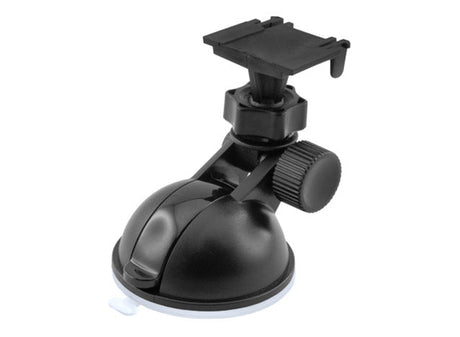
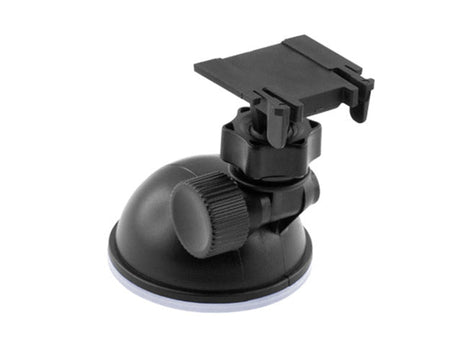

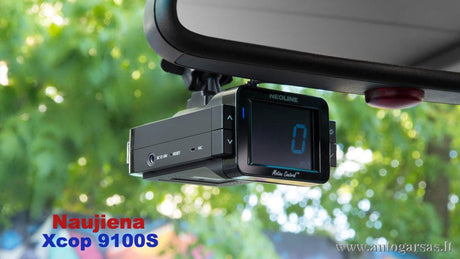
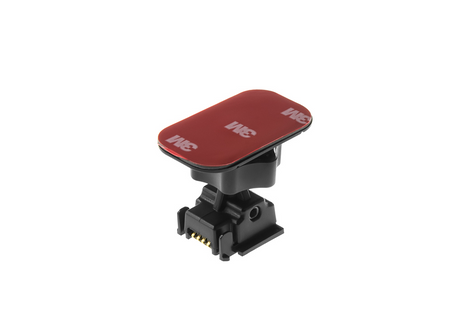
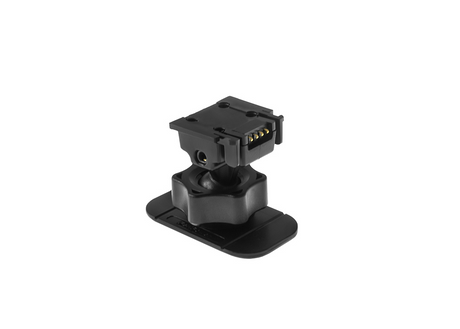
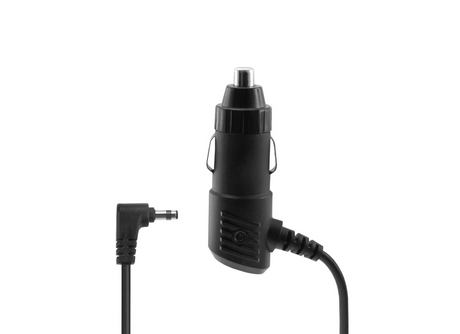

1 comment
Sveiki, ar galetumet rekomenduoti koki stiprintuva rinktis, pagal koloneliu aprasyma : Atkuriamų dažnių diapazonas: 22Hz-48kHz;
jautrumas: 92dB(2.8V/1m.);
Varža: (4-8)om.;
rekomenduojama stiprintuvo galia: 180W/RMS, 340W/Max;
Skiriamieji dažniai: 280Hz ir 3000Hz.
Aciu